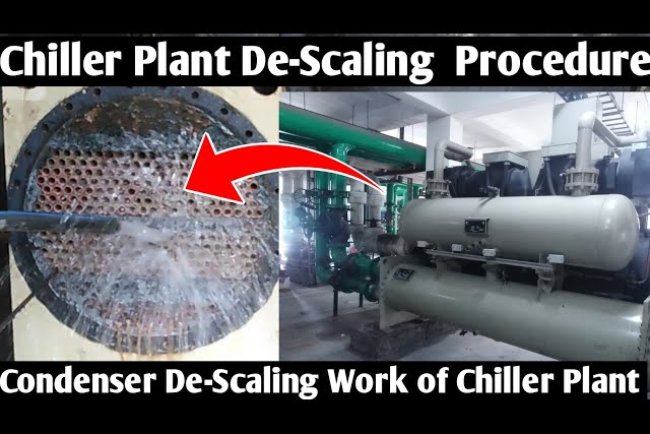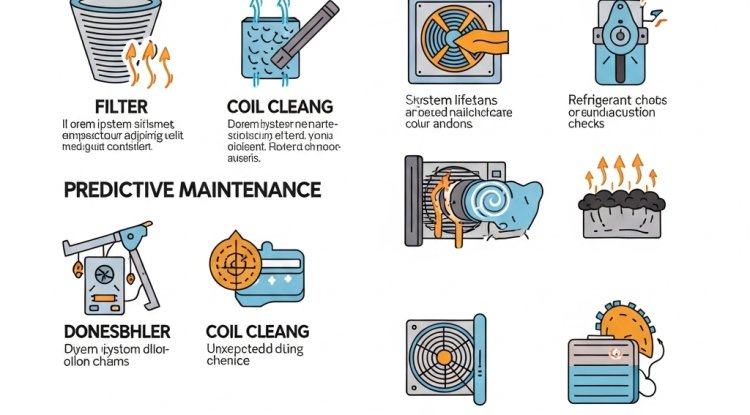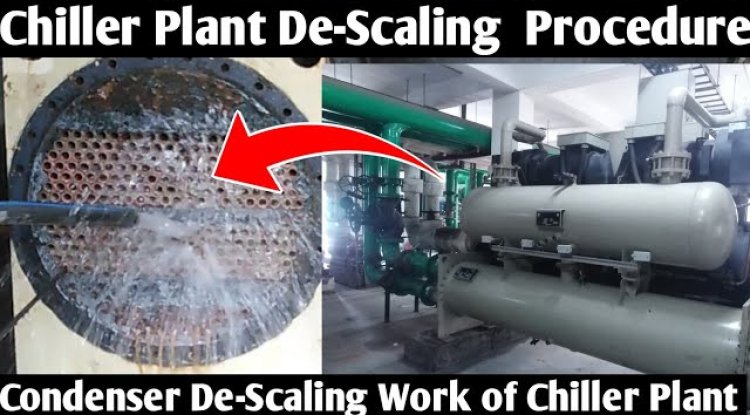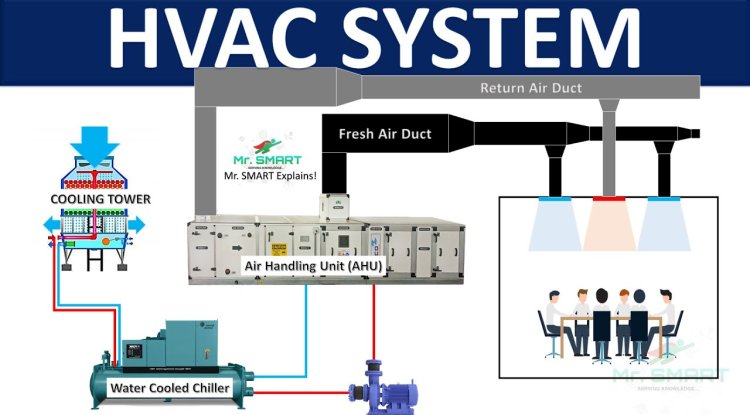How Colling tower works and wha is its working principle cooling tower working principle?
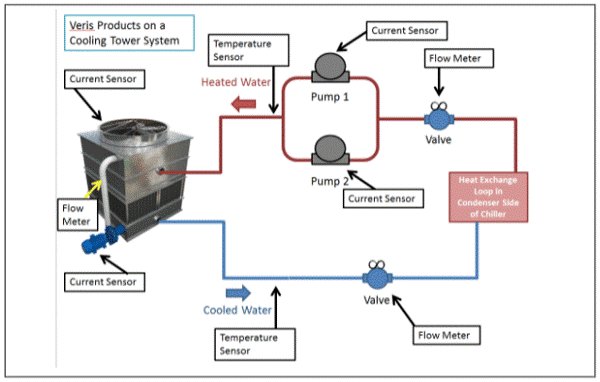
A cooling tower is operated on the principles of evaporation cooling which involves removing heat in water basing on evaporative cooling by evaporating part of it. This is how it goes in detail:
Hot Water entry:
Industrial water or HVAC water is hot and is pumped to the cooling tower where it is sprayed throughout the tower by means of spray nozzles or fill media.
Air Circulation:
The tower is subjected to air entry (naturally or with the assistance of fans, natural draft towers or mechanical draft towers respectively). This air passes over the warm water and this induces evaporation.
Evaporation and heat Transfer:
The little amount of the water will evaporate, taking the heat of other water. This heat escapes together with the water vapor that had evaporated and it brings down the temperature of the rest of water.
Other source; source art has its own name: Cooling Water Collection:
The water after cooling down is contained in the basin at the base of the tower. This is then recreated to the industrial process or HVAC system so that it can be reused.
Air Discharge:
The steamy water vapor produced in the process of evaporation is released into the air using the top of the cooling tower.
Important parts of a Cooling Tower
Fill Media: This has an effect of expanding the water and air interaction surface area.
Fans (in mechanical draft towers): Increase the flow of air.
Drift Eliminators: Prevent water loss since it traps the drops of water.
Nozzles: Deliver water in the tower in an even way.
There are various types of cooling tower systems: Combined Cooling, Heat and Power (CCHP), Cooling Tower (CT), Cooling Tower Water (CTW) and Industrial Process Water (IPW).
Natural Draft: depend upon natural air flow and buoyancy.
Mechanical draft: This is by using the draft of forced or induced fans.
Cross-flow: Water is falling horizontally along air flow.
Counterflow: the water is falling down against the air moving upwards.
The system is effective in discarding heat of the industrial processes, power plants and HVAC systems.
What's Your Reaction?







